I'm not sure you're going to be able to do this the way you'd like. I believe by now you have read the documentation of OVER functions and understand that they navigate a hierarchy, in this case one constructed from the date (if you haven't read it yet, press F1 and get to studying because none of this will make sense :).
thing is, what you're doing with the trellis is then limiting each visualization by a given category. in other words, each panel of the trellis is containing and can access only the data defined by your Year.Quarter hierarchy.
to put it in OOP terms, it is out of scope to access 2016.Q2 from 2016.Q3.
you can recreate this by building a chart with a Data Limiting Expression of, say, Year([Approved Date]) = 2016. no matter what you do, you won't be able to access 2015 or 2017 from this chart, because you've explicitly limited the chart to only 2016. the trellis is an implicit limit, I guess you could say.
that said, I don't know the ideal solution to recommend. one idea is to have a separate map to the side that shows the cumulative sum. this will show the comparison quarter to quarter as well as the result for "today," but you lose the perception of growth over time.
another could be to create a slider property control for the date, and then limit a single map chart to that document property, so that the user could choose his own date range and even drag the slider back and forth to visualize change over time. but then you lose the side-by-side comparison.
a third idea: use a single map chart with markers showing the total all time, then create a details visualization line or bar chart that shows the growth over time. you get total comparison and growth, but sort of muddy the big picture.
sorry that this isn't a perfect answer, but hopefully one of these suggestions works for your use case. even better is if one of the other power users here have an idea of how to break out of trellises.
